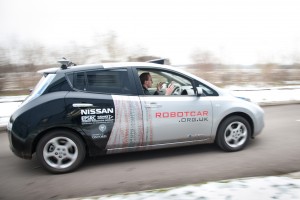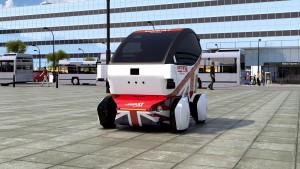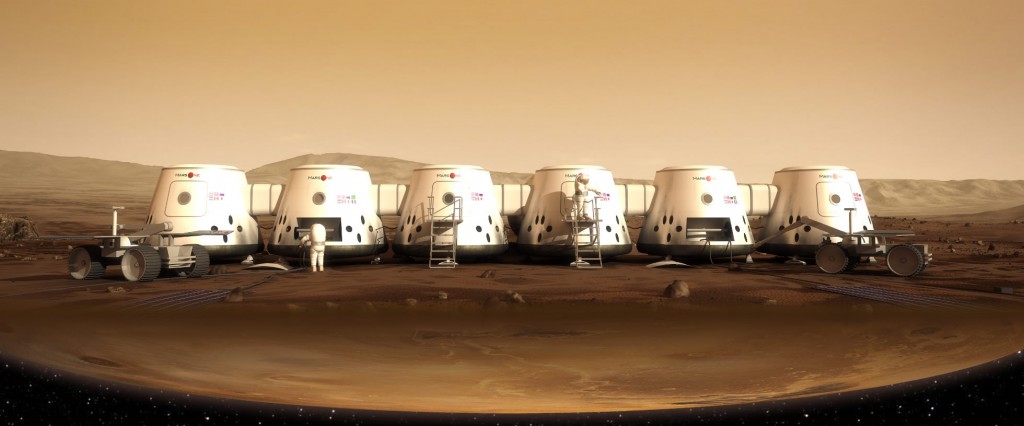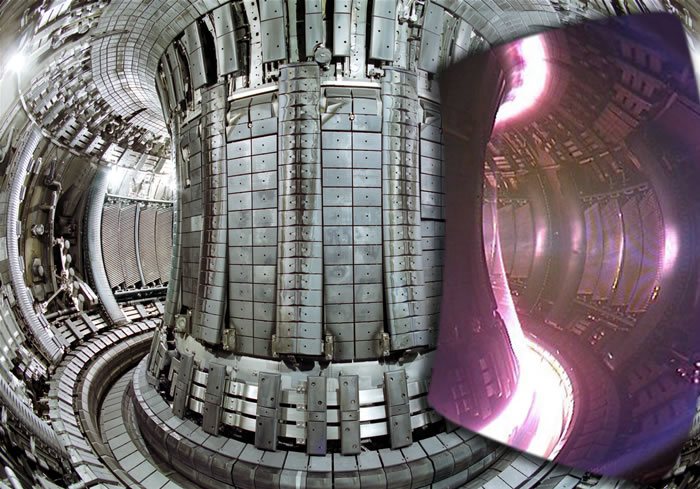Talk tomorrow, 7.30pm Kings Head and Bell. Come and meet Ryan who hopes to make a one way trip to Mars! facebook.com/events/1043671…
Tweet We have a stall at Fun in the Park tomorrow. Come…
Status
We have a stall at Fun in the Park tomorrow. Come and say hello! abingdon.gov.uk/abingdon-news/…
08/2015: Driving Autonomy (I. Posner)
Place and Time: Abingdon, August 27, 2015 at 19:30
Kings Charles Room of the “Kings Head and Bell” (10 East St Helen St, Abingdon, OX14 5EA)
TITLE: Driving Autonomy
 The Oxford RobotCar Project aims to provide robust, long-term autonomous driving at a price point suitable for mass-market adoption. Likewise, the LUTZ pathfinder project aims to provide a low-speed, last-mile public transport solution operating in the public domain in Milton Keynes. At the core of this technology provided by the Oxford Mobile Robotics Grou
The Oxford RobotCar Project aims to provide robust, long-term autonomous driving at a price point suitable for mass-market adoption. Likewise, the LUTZ pathfinder project aims to provide a low-speed, last-mile public transport solution operating in the public domain in Milton Keynes. At the core of this technology provided by the Oxford Mobile Robotics Grou p, however, lies a philosophy fundamentally different to that fuelling more conventional autonomous driving research: autonomy when offered, as opposed to on demand. In this talk we will motivate this philosophy and provide an overview of the technology underlying our approach to autonomous driving.
p, however, lies a philosophy fundamentally different to that fuelling more conventional autonomous driving research: autonomy when offered, as opposed to on demand. In this talk we will motivate this philosophy and provide an overview of the technology underlying our approach to autonomous driving.
Speaker: Ingmar Posner, University of Oxford, Mobile Robotics Group
Ingmar is a Lecturer at the University of Oxford and leads the perception and planning work within the Mobile Robotics Group. His expertise lies in the design and implementation of machine learning methods that enable an autonomous agent to interpret complex, dynamic environments in a way which permits robust decision-making, planning and exploration on-line and in real-time.
07/2015: Living on Mars (R. MacDonald)
Place and Time: Abingdon, July 23, 2015 at 19:30
Title: Living on Mars – A Beginner’s Guide
 Humans will go to Mars one day. But what if we skipped the plant-a-flag stage, and instead built a permanent human settlement on Mars in, say, 2027?
Humans will go to Mars one day. But what if we skipped the plant-a-flag stage, and instead built a permanent human settlement on Mars in, say, 2027?
What challenges will need to be overcome to make this a reality, and how can they be dealt with? What technologies will be needed for a small community to survive (and ultimately thrive) on the red planet? How might the early Martian pioneers engineer unique solutions as they construct the first society on another world?
In a first for human space-flight, the Mars One project intends to send 4 people on a one-way mission of permanent settlement to Mars in 2027. This will be preceded by a series of unmanned precursor missions, the first one of which is planned for a 2020 departure. What makes Mars One unique is that it is entirely privately funded, international, and apolitical, which enabled it to launch a global astronaut selection process in 2013 – to which over 200,000 people from over 140 countries applied.
After a series of cuts, there are now just 100 people remaining in Mars One’s selection process. By early 2016, 24 will be chosen to enter full time astronaut training for the mission.
In this talk Ryan MacDonald will explore the architecture of Mars One’s mission. A special focus will be on how a one-way trip using just existing technology is not only possible, but is substantially simpler and cheaper than previously proposed return missions.
Speaker: Ryan MacDonald
Ryan MacDonald has just finished his degree in physics at the University of Oxford and is now pursuing a DPhil in Astronomy at the University of Cambridge. At the same time, he is one of the last 5 British Mars One Astronaut Candidates.
Further information about the speaker
06/2015: Visit to Joint European Torus (JET)
There will be no talk in June. Instead we are currently organising a visit for Atom Society members to visit the Joint European Torus (JET) at Culham. The visit will be on June 25 and start at 18:00.
There are 30 places that will be allocated on a first-come-first-served basis.
Reserving your place
To reserve a place, please email the secretary secretary@atomsociety.org.uk as soon as possible, stating your full name (you will need a form of photo identification to be admitted to the centre). We’ll let you know, if you were one of the first 30 members to be guaranteed a place and otherwise add you to a waiting list.
About the tour
The tour will start at 6pm on Thursday 25 June and last for about two-and-a-half hours. We’ll start with tea/coffee followed by a 30 minute talk introducing Fusion and then the tour of the facility.
Getting there
The easiest way to get there (postcode OX14 3DB) is by car. We may be able to offer you a lift, if you cannot get there on your own; please email us and we’ll see what we can do.
Mobility
The Centre can make arrangements for special mobility needs but requires advance notice, so please let us know once we have confirmed your place.
Pacemakers or automatic drug dispensers (implants)
Please let us know if you have either of these so that we can notify the Centre in advance, as it may affect access to a few parts of the tour.
On the day
You’ll need photo identification, such as a passport or driving license.

